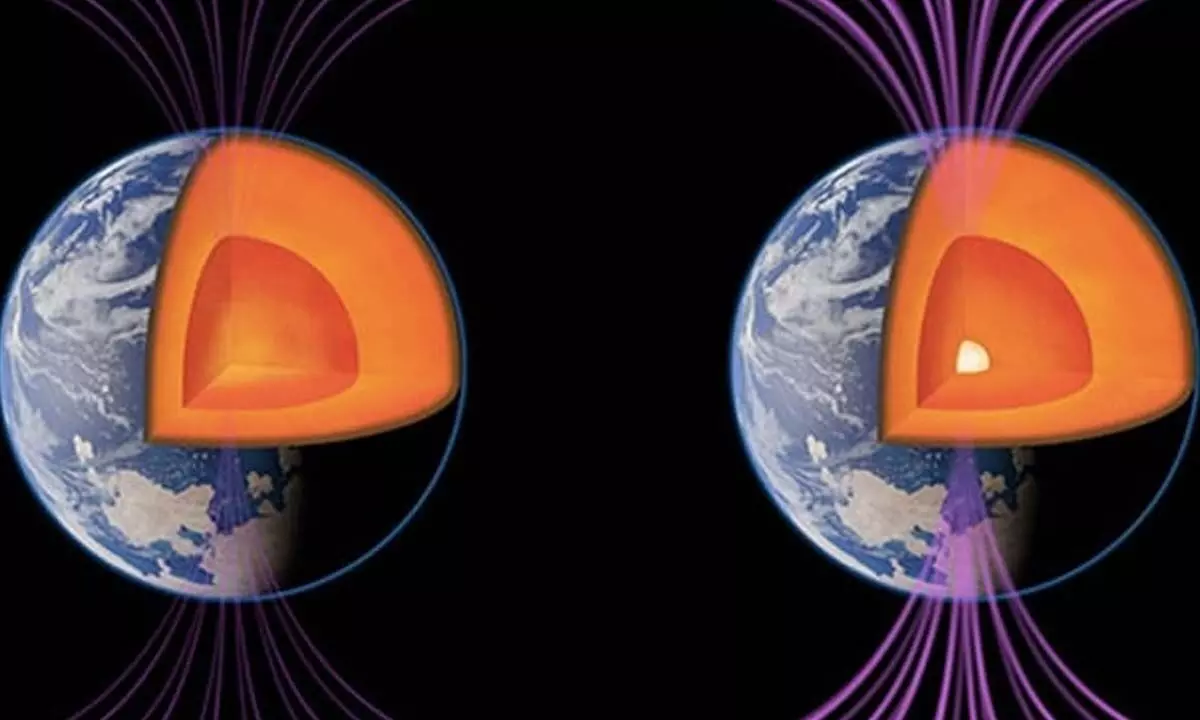Massive "Ocean" Discovered By Scientists

- Scientists have found a reservoir of water three times the size of all the oceans beneath the Earth's surface.
- The investigation supported a long-held notion, according to which ocean water travels with subducting slabs and enters the transition zone.
According to a global research, scientists have found a reservoir of water three times the size of all the oceans beneath the Earth's surface. The water has been discovered in the region where the upper and lower mantles of the Earth meet. The research team used methods like Raman spectroscopy and FTIR spectrometry to examine a rate diamond that originated 660 metres beneath the Earth's surface.
The investigation supported a long-held notion, according to which ocean water travels with subducting slabs and enters the transition zone. This implies that the interior of the Earth is a part of our planet's water cycle.
Prof. Frank Brenker from the Institute for Geosciences at Goethe University in Frankfurt explained that the mobility of rock in the mantle is significantly hampered by these mineral changes. Mantle plumes, ascending columns of heated rock from the deep mantle, for instance, may come to a standstill just below the transition zone. Mass that is moving in the opposite direction also stops moving. He added that it is frequently difficult for subducting plates to penetrate the entire transition zone. As a result, there is a vast cemetery of these plates in this region beneath Europe.
Meanwhile, up until this point, it was unclear what long-term consequences the "sucking" of material into the transition zone would have on its geochemical makeup and whether there would be more water present.
According to Brenker, subducting slabs also piggyback deep-sea sediments into the Earth's interior. Large amounts of CO2 and water can be stored in these sediments. But up until now, it was unknown exactly how much entered the transition zone in the form of more stable, hydrous minerals and carbonates, making it difficult to determine whether or not there was actually significant water storage.
Furthermore, the current circumstances would undoubtedly support such. Wadsleyite and ringwoodite are dense minerals that can store a lot of water, unlike olivine at shallower depths. In fact, they can store so much water that the transition zone could theoretically absorb six times as much water as our oceans.
Next Story


















